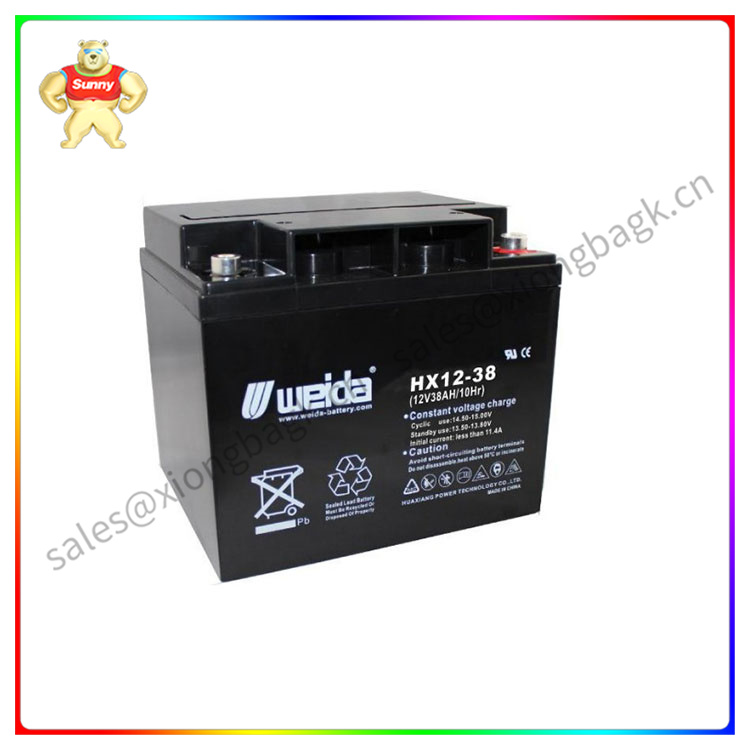(1) Avoid direct contact between the battery and the metal container, and acid and heat resistant materials should be used, otherwise it will cause smoke or combustion.
(2) Use the specified charger to charge under the specified conditions, otherwise it may cause the battery to overheat, deflate, leak, burn or break.
(3) Do not install the battery in a sealed device, otherwise it may crack the device.
(4) When the battery is used in medical equipment, please install a backup power supply outside the main power supply to avoid damage caused by the failure of the main power supply.
(5) Place the battery away from the device that can generate sparks, otherwise sparks may cause the battery to smoke or crack.
(6) Do not place the battery near a heat source (such as a transformer), otherwise it will cause the battery to overheat, leak, burn or break.
⑺ When the number of batteries in the application exceeds one, please ensure that the battery specifications and parameters are completely consistent, and choose a unified brand and batch as much as possible. Make sure the batteries are properly connected to each other, and connected to the charger or load, otherwise it will cause battery breakage, burning, or battery damage, and in some cases, injury.

weida
⑻ Battery is generally heavy, pay special attention not to let the battery hit the foot.
The specified range of use of the battery is as follows. Exceeding this range may cause battery damage.
Normal operating range of the battery: 77.F (25℃)
After the battery is discharged (installed in the device) : 5.F to 122.F(-15℃ to 50℃)
After charging: 32.F to 104.F(0℃ to 40℃)
In storage: 5.F to 104.F (-15℃ to 40℃)
(10) Do not place the battery on the locomotive at high temperatures, in direct sunlight, in front of a stove or fire, as this may cause the battery to leak, catch fire or rupture.
Do not use batteries in places full of dust, which may cause battery short circuit. When using the battery in a dusty environment, the battery should be checked regularly.
 中文版
中文版




